Cold Chain Innovation: Driving Freshness And Sustainability In Seafood
5 Mins Read
Published on: 30 June 2025
Last Updated on: 24 July 2025
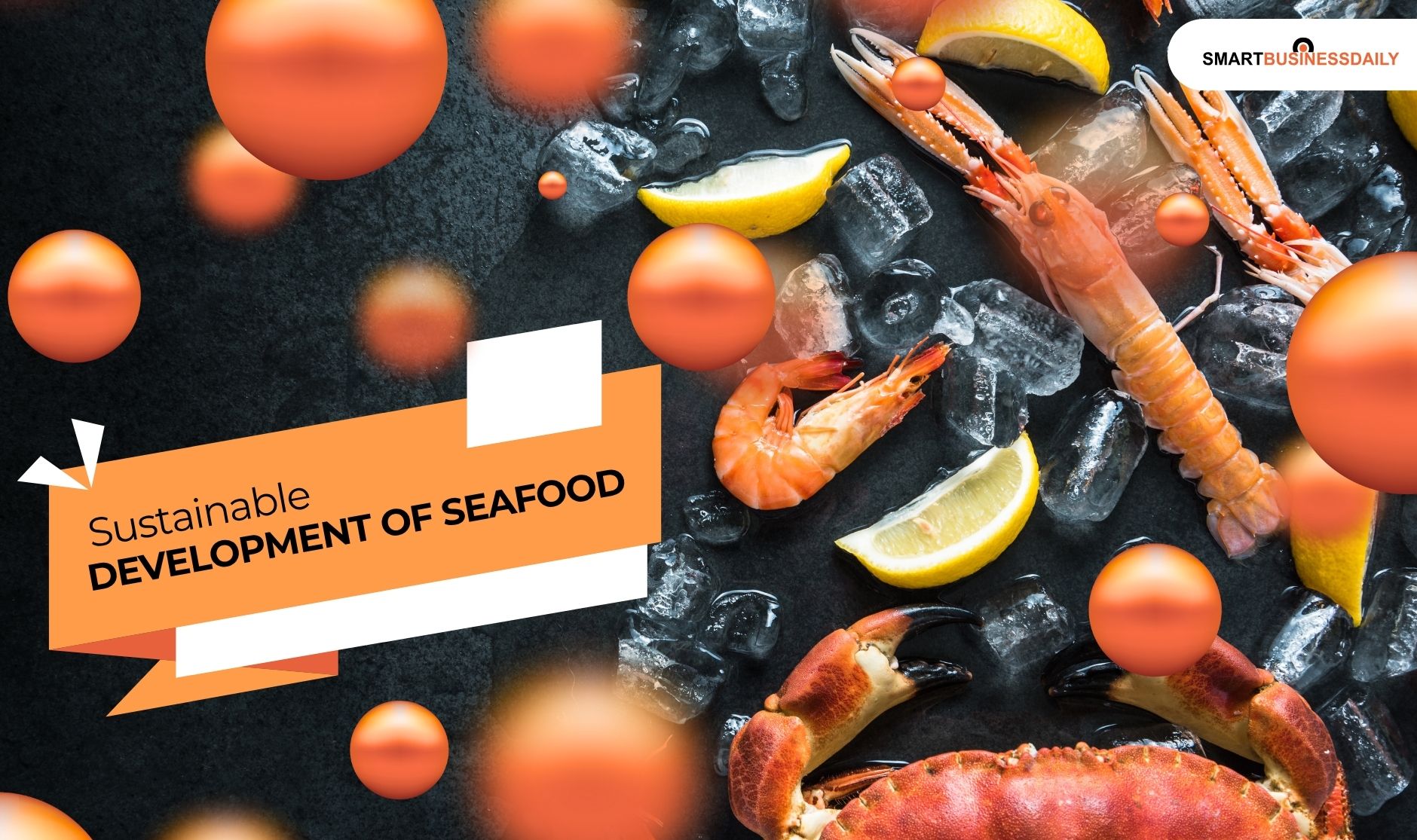
- Sustainable Development Of Seafood Reinvents the Journey From Ocean to Plate
- Why Cold Chain Matters In Sustainable Development Of Seafood?
- What Are The Key Innovations?
- What Are The Noteworthy Global And Local Impacts?
- Is Plant-Based Seafood Taking Over The Real Seafood Business?
- How Can A Seafood Business Become A Partner In Sustainability?
- Recognition And Results In Sustainable Development Of Seafood In 2025
- What Does The Future Of Sustainable Development In Seafood Look Like?
- Up next...
Everybody likes good old seafood platter. Well, so do I. However, have you ever wondered how these delectables are harvested?
Let me tell you, times have changed, and the sustainable development of seafood has been receiving major attention.
Earlier, Seafood harvesters did not pay attention to important factors such as the various environmental impacts of seafood production.
During contemporary times, the authority involved ensures that the seafood is farmed and fished.
Of course, they have to farm the seafood in ways that don’t harm the long-term well-being of the marine ecosystem.
In this article, I will take you on a journey to explore the new age of sustainable development of seafood culture, as well as other possible ways to make things better.
Sustainable Development Of Seafood Reinvents the Journey From Ocean to Plate
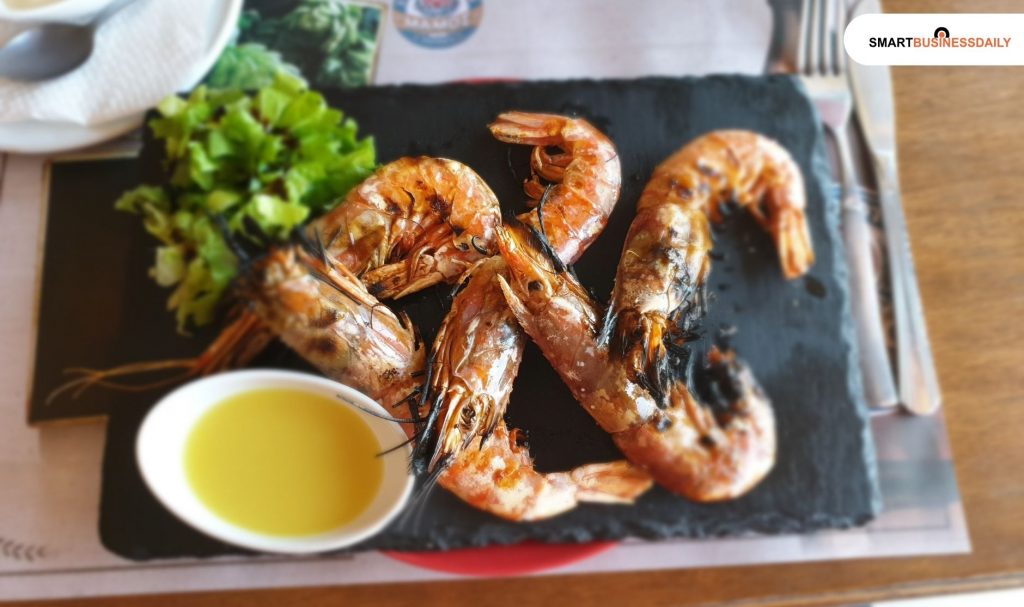
To ensure harmless seafood cultivation, the most important factor is that delivering high-quality, sustainable seafood doesn’t end at harvest.
There are many companies that have invested heavily in cold chain innovation to maintain freshness. Such an example is Pacific Seafoods.
Moreover, these companies reduce spoilage and shrink their carbon footprint across their vast logistics networks.
Why Cold Chain Matters In Sustainable Development Of Seafood?

Is a reliable cold chain important? It is. The sustainable development of the seafood industry is achieved because it:
- Minimizes spoilage
- Ensures food safety
- Reduces waste
Therefore, it ultimately contributes to food security and economic stability.
Efficient cold chain management, from harvest to consumer, helps maintain product quality and integrity.
Additionally, it extends shelf life and enables wider distribution. Of course, this distributing channel also includes remote areas.
Furthermore, Seafood is one of the most perishable proteins, and poor cold chain infrastructure can lead to:
- Spoiled product and food waste
- Reduced nutritional quality
- Increased emissions from inefficient logistics
Furthermore, a good company must ensure precise temperature control at every step. These steps include processing plants to final delivery.
What Are The Key Innovations?

You can identify an advanced cold chain by analysing its features and the way it operates. Cold chain advancements include:
- Smart refrigeration units with real-time telemetry
- AI-powered inventory management systems
- Route optimization software to shorten delivery times
These tools help reduce spoilage rates by over 20% and improve fuel efficiency for transport fleets.
What Are The Noteworthy Global And Local Impacts?
The authorities have rolled out certain chain improvements in both major hubs (Clackamas, Miami) and remote facilities (Kodiak, Mukilteo).
This approach ensures consistent quality across Pacific’s entire footprint. Moreover, it benefits both international customers and local retailers.
Is Plant-Based Seafood Taking Over The Real Seafood Business?

Firstly, I would clarify what plant-based seafood is, as it might be a new concept for a lot of people.
To put it simply, it primarily utilizes algae, seaweed, and other plant-based proteins. The goal is to mimic traditional seafood, in terms of:
- Taste
- Texture
- Nutritional profile
You will notice that Algae has a seafood-like flavor and umami taste. This makes it an important ingredient in plant-based seafood products.
Additionally, it is often mixed with legumes and other plant proteins. This step is necessary to get the right texture.
Plant-based seafood is gaining popularity. This is particularly among younger consumers and those who prioritize sustainability.
However, plant-based seafood still struggles to match the nutritional benefits of real seafood, particularly in terms of omega-3 fatty acids.
How Can A Seafood Business Become A Partner In Sustainability?
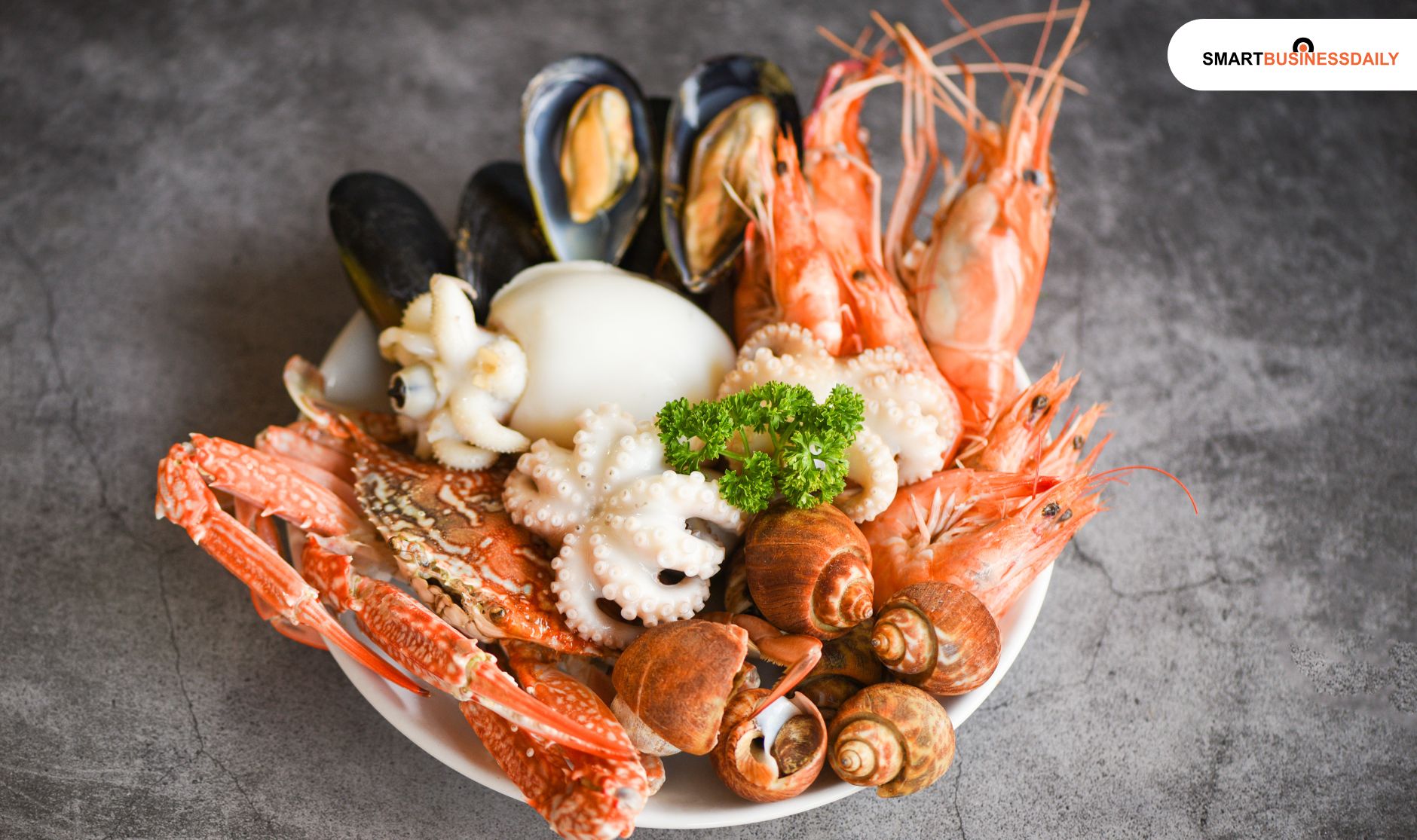
When your business commits to sustainability, it gets a competitive edge in a market where being environmentally responsible is important for success.
The moment your seafood business adopts sustainability, it can meet the needs of today’s eco-conscious consumers.
Therefore, it must position itself for long-term success. Additionally, this includes ensuring that they
- Protect the environment
- Follow regulations
- Upholds financial stability
Furthermore, when you work in the seafood industry, your business must understand the difference between sustainability and responsibility.
Moreover, your business should explore responsible sourcing. Additionally, it must also pay attention to
- Social accountability
- Community involvement
This understanding should go beyond just ecological issues. It is also essential to understand seafood certifications, such as:
- The Marine Stewardship Council (MSC)
- The Aquaculture Stewardship Council (ASC)
Knowing the details, benefits, and process for each certification will help your team make informed decisions about sustainable sourcing.
Improved cold chain management aligns with broader ESG targets. A reliable company must reduce food waste and optimize transport energy use.
One such example is again Pacific Seafoods. It strengthens its commitment to:
- Net-zero emissions goals
- Zero-waste production standards
- Supply chain traceability
Recognition And Results In Sustainable Development Of Seafood In 2025
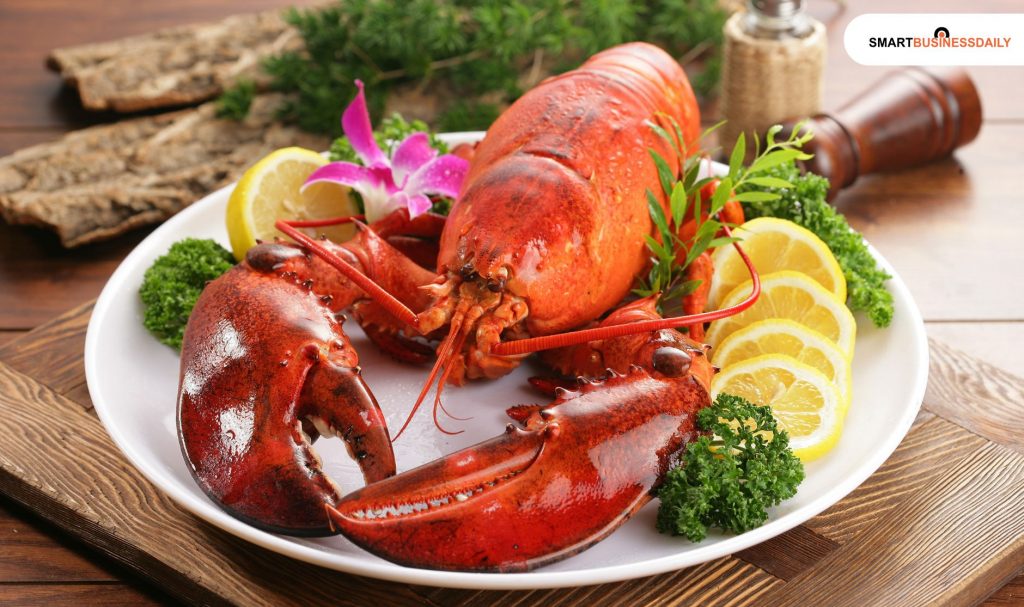
In 2025, the sustainable development of seafood has seen increased recognition. Companies are paying attention to its importance for:
- Food security
- Economic stability
Additionally, we must not forget the growing challenges related to overfishing, climate change, and human rights issues within the industry.
There’s a push for more responsible sourcing, traceability through technologies like blockchain, and innovative solutions in aquaculture.
However, balancing these advancements with the need to address social and environmental impacts remains a key focus.
Therefore, it’s safe to say that Industry partners and regulators have taken notice.
A notable example is Pacific’s cold chain program. This was recently featured in logistics trade publications as a model for managing short-lived goods.
What Does The Future Of Sustainable Development In Seafood Look Like?
The future of sustainable seafood development depends on a shift towards alternative sources and practices.
These will minimize environmental impact and ensure long-term viability. This includes:
- Embracing aquaculture innovations
- Developing sustainable feed options
- Promoting responsible fishing practices
Furthermore, consumer awareness, technological advancements, and effective regulations are important for driving this transition. Future upgrades include:
- Solar-powered refrigeration at new facilities
- Blockchain-enabled temperature logging for transparency
Pacific’s cold chain leadership ensures it will be ready for the demand for fresh, sustainable seafood that grows.
















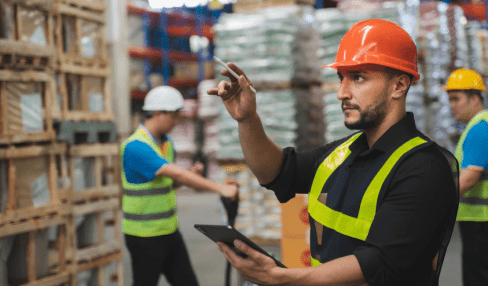


Comments Are Closed For This Article